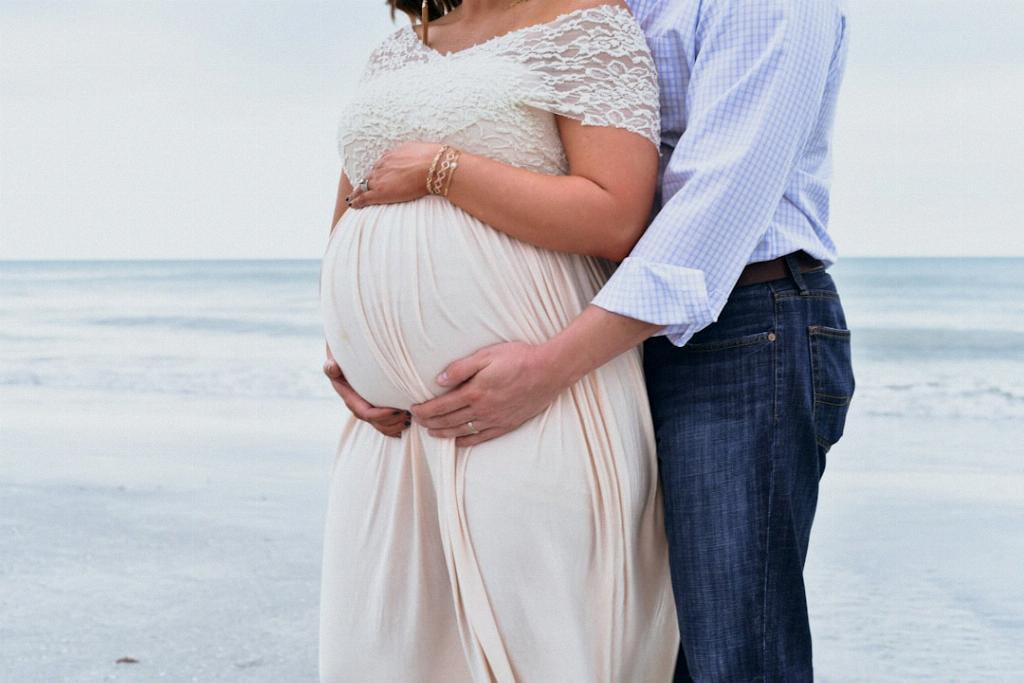As you near the end of your pregnancy journey, at 34 weeks, your body is preparing for the grand finale – childbirth. Contractions play a crucial role in signaling that your body is getting ready for labor. But what do contractions actually feel like at this stage?
Early Signs of Contractions:
At 34 weeks, you may start experiencing Braxton Hicks contractions, also known as false labor. These contractions are usually irregular and do not increase in intensity. They feel like a tightening sensation in your abdomen and are typically painless.
Characteristics of True Contractions:
True contractions, on the other hand, are more rhythmic and intense. At 34 weeks, these contractions can feel like strong menstrual cramps that come and go in a wave-like pattern. The pain may radiate from your lower back to the front of your abdomen.
Timing and Duration:
Contractions at 34 weeks may last around 30 to 70 seconds each and can occur at irregular intervals. As you approach full-term, the contractions may become more frequent and regular, signaling that labor is imminent.
Intensity of Contraction Pain:
The intensity of contraction pain varies from person to person. Some describe it as a dull ache, while others experience sharp and intense cramping. At 34 weeks, the pain may be manageable with relaxation techniques and breathing exercises.
Location of Pain:
Contractions at 34 weeks often start in the lower back and wrap around to the front of the abdomen. The pain may feel like a squeezing sensation that comes in waves, gradually intensifying as labor progresses.
Management Strategies:
To cope with contractions at 34 weeks, try changing positions, taking warm baths, or practicing relaxation techniques. Staying hydrated and getting plenty of rest can also help alleviate discomfort associated with contractions.
When to Seek Medical Attention:
If you experience regular contractions that increase in intensity and frequency, it may be a sign that you are going into premature labor. Contact your healthcare provider immediately if you have concerns about the timing or intensity of your contractions.
Preterm Labor Considerations:
At 34 weeks, experiencing premature labor can be concerning. It’s essential to monitor your symptoms closely and seek prompt medical attention if you suspect you are going into preterm labor. Your healthcare provider can assess your condition and provide appropriate guidance.
Emotional Aspects:
Coping with contractions at 34 weeks can bring a mix of emotions, including excitement and anxiety about the impending birth. It’s normal to feel a range of emotions as you prepare for labor and delivery. Surround yourself with a supportive network to navigate this stage with confidence.
Preparing for Labor:
As you experience contractions at 34 weeks, it’s a good time to finalize your birth plan, pack your hospital bag, and discuss any concerns with your healthcare provider. Being prepared both physically and emotionally can help you feel more confident as you approach the final weeks of pregnancy.
Final Thoughts:
Contractions at 34 weeks are a natural part of the labor process as your body readies itself for childbirth. By understanding the different sensations and characteristics of contractions, you can navigate this phase with awareness and preparation. Remember to listen to your body, seek medical advice if needed, and embrace the journey towards welcoming your little one into the world.

